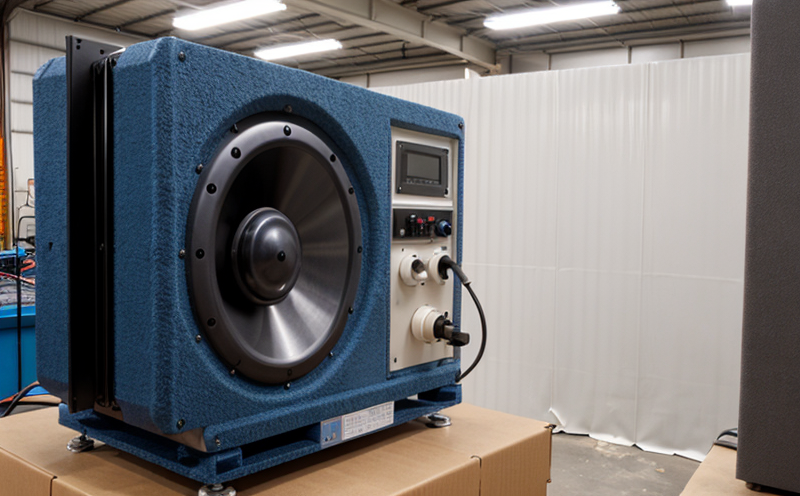ISO 7779 Computer and Laptop Noise Level Testing
The ISO 7779 standard provides a comprehensive framework for testing noise levels in consumer electronics, including computers and laptops. This standard is crucial for ensuring that products meet international noise emission limits while providing a comfortable user experience.
Computer and laptop manufacturers face increasing pressure to minimize noise pollution due to the growing awareness of its impact on health and well-being. By adhering to ISO 7779, companies can demonstrate their commitment to producing quieter, more environmentally friendly products. The standard covers various aspects such as measurement methods, test conditions, and acceptance criteria.
The testing process involves several key steps:
- Setting up the test environment according to ISO 7779 requirements
- Preparation of the computer/laptop for testing
- Conducting noise level measurements in specified conditions
- Evaluating results against predefined acceptance criteria
The test environment must replicate real-world usage scenarios to ensure accurate and reliable measurements. This includes controlling variables such as room temperature, humidity levels, and background noise. Preparation of the device typically involves ensuring it is fully charged, operating in a stable state, and free from any external interference.
Once prepared, the computer or laptop is placed within an anechoic chamber designed to minimize reflections and distortions of sound waves. Noise measurements are taken using specialized equipment that adheres to ISO 7779 specifications. These instruments include sound level meters capable of capturing both A-weighted and C-weighted noise levels.
The acceptance criteria outlined in ISO 7779 define permissible limits for noise emissions from different types of consumer electronics based on their intended use. For computers and laptops, these limits are designed to balance usability with environmental considerations. Manufacturers must ensure that their products do not exceed these thresholds when tested under defined conditions.
Compliance with ISO 7779 is essential for several reasons:
- It ensures consistent quality across all units produced by a manufacturer
- Promotes fair competition among producers who adhere to the same standards
- Maintains brand reputation by delivering high-quality products that meet customer expectations
- Aids in regulatory compliance, reducing potential legal issues related to noise pollution laws
Non-compliance can lead to product recalls, negative publicity, and loss of consumer trust. By investing in ISO 7779 certification early in the development process, manufacturers can avoid costly redesigns later on.





